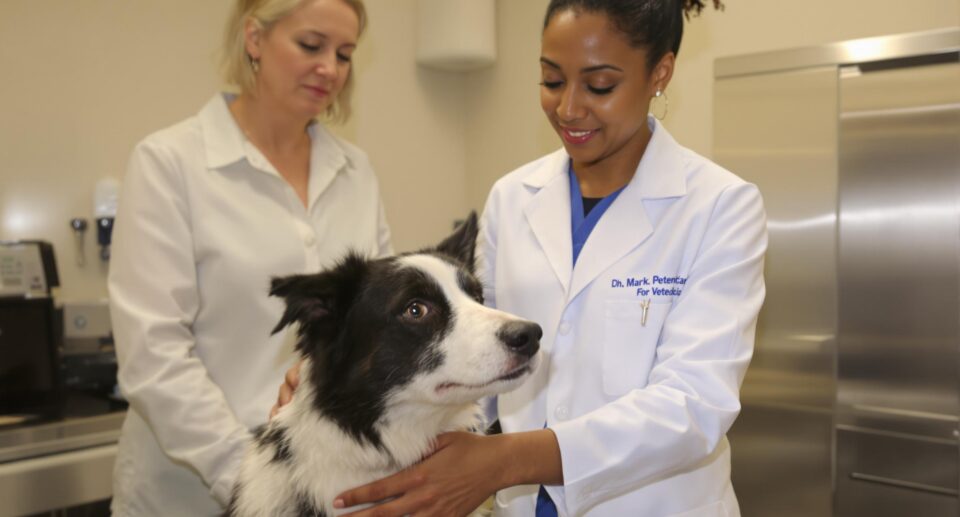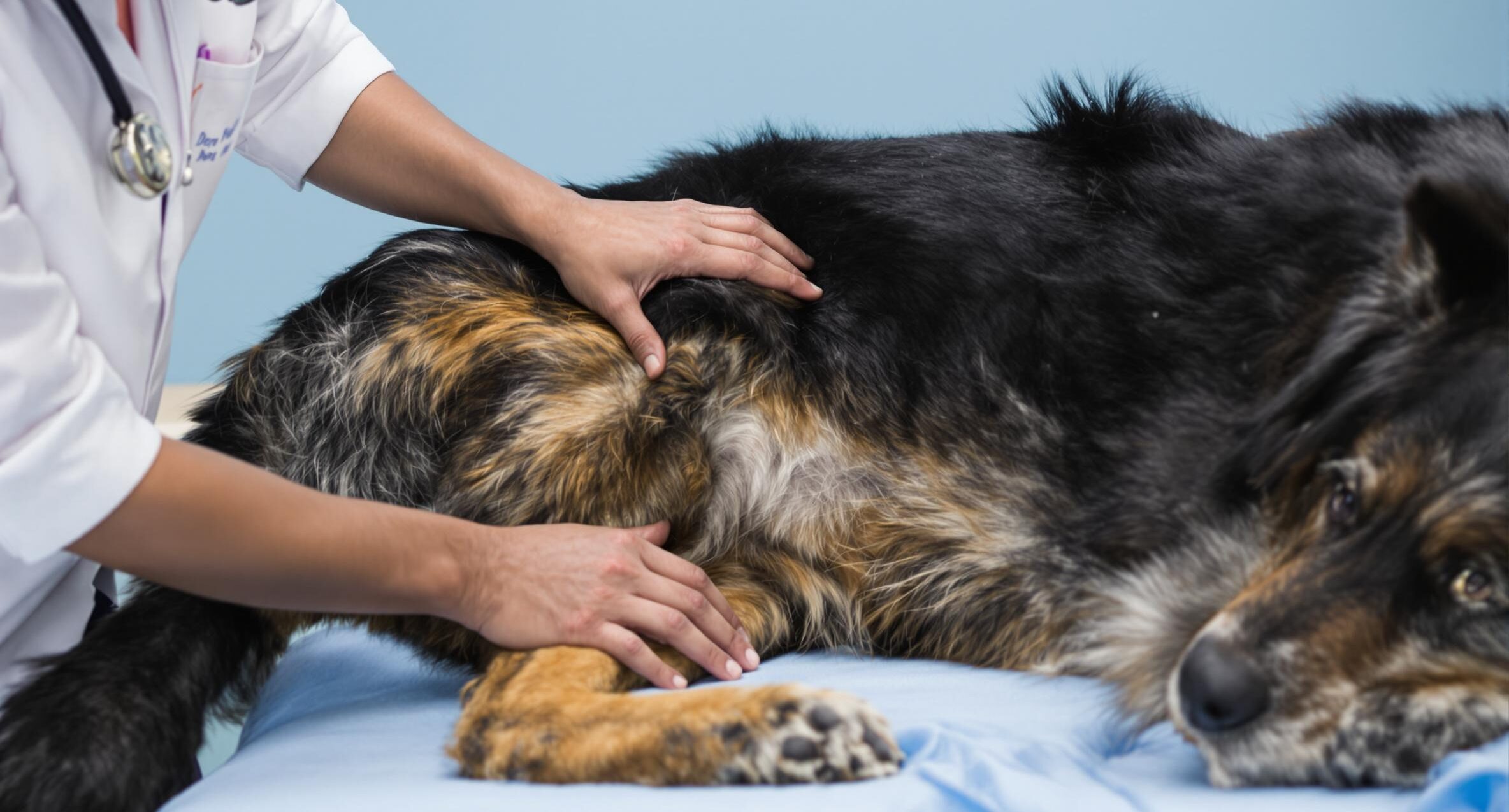Vomiting Diagnosis in Dogs

Symptoms of vomiting in pets
As easy as it is to tell that your pet is vomiting, it is difficult to find out why. The symptoms of vomiting in pets include the following:
- Retching
- Gagging
- Drooling
- Weakness
- Weight loss
- Dehydration with skin tenting, tacky mucous membranes, sunken eyes
- Constipation
- Aspiration pneumonia
Diagnosing the cause of your pet’s vomiting
Among the tests used to determine the cause of your pet’s vomiting are X-rays, barium X-rays, toxicology testing, fluoroscopy, esophagoscopy, muscle biopsy, and food allergy testing.
X-rays
X-rays are often done first to exclude the possibility of a foreign object in the stomach, such as a sock or tennis ball.
Barium X-rays
If regular X-rays don’t identify a problem, barium X-rays that coat the stomach and intestines make it possible to see fabric objects like chewed socks.
Toxicology testing
poisoning is suspected, vomitus is sent to pathology labs for toxicology testing. Strychnine, rat poison, and lethal plants such as the Yew can be identified in vomitus.
Fluoroscopy
Fluoroscopy allows your veterinarian to watch the muscles of your pet’s esophagus contract. Veterinarians can watch food pass from the mouth to the stomach. Fluoroscopy is especially useful when pets have esophageal problems or muscle problems that prevent the esophagus from contracting and passing food along to the stomach.
Esophagoscopy and endoscopy
Passing a thin, narrow tube with a magnification device inside the body is called endoscopy, and the instrument is an endoscope. If the endoscope is used to examine the esophagus, the procedure is called an esophagoscopy. If the scope continues beyond the esophagus into the stomach, the procedure is called an endoscopy. Esophagoscopy allows your veterinarian to see worms within the esophagus (spirocerca) or cancer masses. Endoscopy allows your veterinarian to see ulcers, tumors, and the stomach worm physaloptera inside the stomach.
Muscle biopsy
If your pet is regurgitating rather than vomiting, a muscle biopsy helps establish a diagnosis. Usually a sample of muscles lining the esophagus is obtained with a tiny claw attached to an endoscope. The material within the claw is sent to a pathology lab for diagnosis. Diseases such as myasthenia gravis and polymyositis are diagnosed with muscle biopsies.
Food allergy testing
When all other tests are negative, food allergies are suspected. This is called a diagnosis of exclusion. Skin tests and blood tests can be done, but are not very useful. Vomiting and symptoms caused by foods don’t correlate well with skin and blood tests. Among the most common food allergies are beets, corn, food color, milk, potatoes, soy, tomatoes, wheat, and yeast. Pets can also be allergic to peanuts and shellfish, just as people are.





